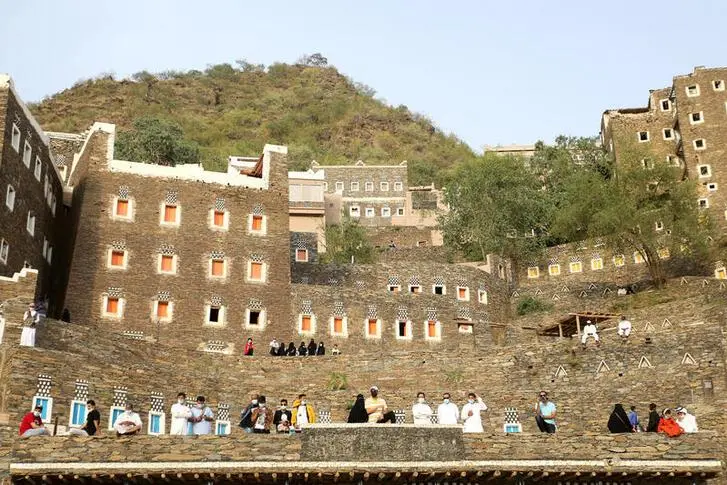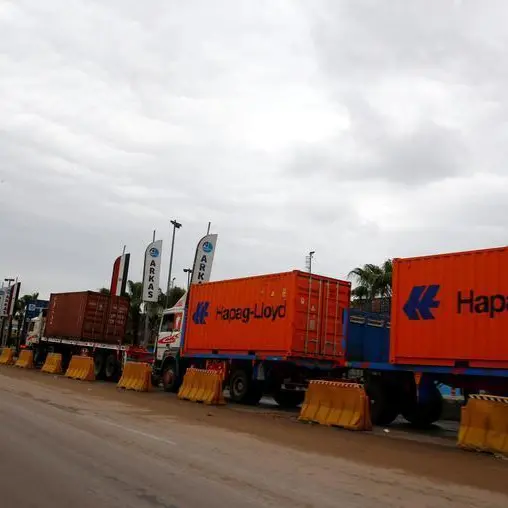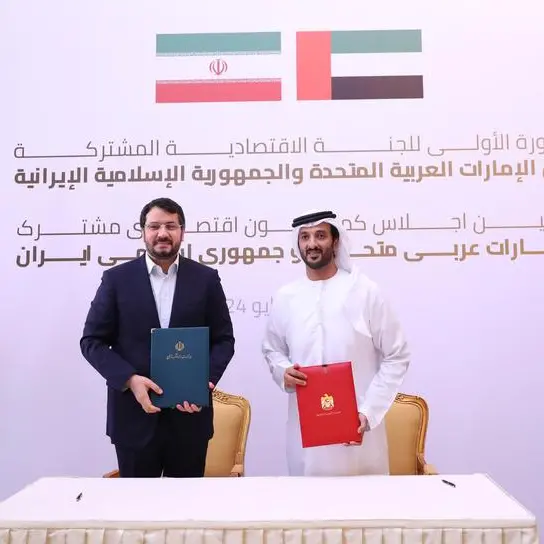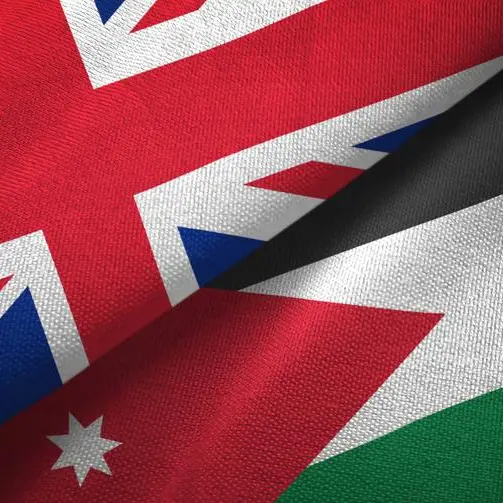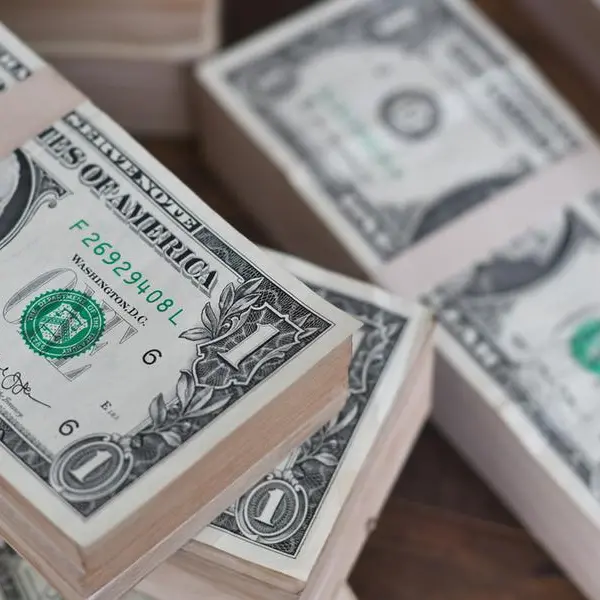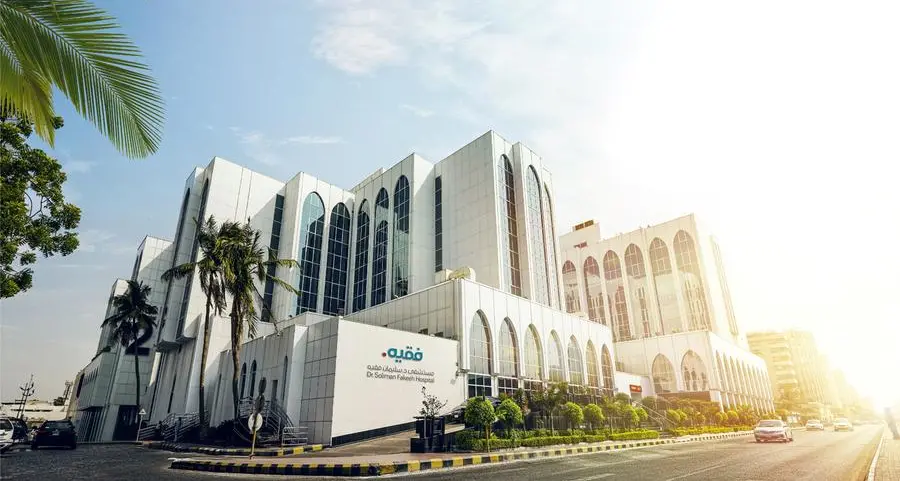PHOTO
The Saudi tourism sector is considered to be a pillar of the Vision 2030 transformation plan, and the value it adds to the country’s economy has been the subject of previous columns.
Recently I received an invitation to attend a hybrid summit on the future of tourism which I found highly useful.
The summit was organized by the Ministry of Tourism together with the G20 Saudi Secretariat as part of the International Conferences Program honoring the G20 Saudi presidency year in 2020.
It focused on the post-pandemic world, including investment ideas in the tourism industry, and the challenges facing the Kingdom and the world. Speakers from over 100 countries included senior government officials, CEOs of leading hotels, CEOs of Saudi-based giga-projects, academics, innovators and global media executives.
The Kingdom is striving to unlock the tourism sector’s potential by implementing several key changes. One of the most important was the issuing of tourist visas a year ago. Also, the government has identified several projects aimed at expanding and strengthening the sector.
The Public Investment Fund (PIF) in the past few years has introduced giga-projects that will be major economic drivers in the country. These include the entertainment city near Riyadh at Qiddiya, the northern dream city NEOM, the rare reef and coastal islands of the Red Sea Co., the world-class exclusive wellness destination of Amaala, and the UNESCO-listed cultural birth of the Kingdom in Diriyah.
The tourism sector will be one of the largest employers in the country. Saudi Tourism Minister Ahmed Al-Khatib announced that the Kingdom will create over a million jobs as part of a 20-program strategy to develop and employ human capital in the sector. The strategy is an extension of the Kingdom’s Vision 2030 reform plan and its tourism development program focused on achieving overall growth in domestic tourism revenues.
Investment Minister Khalid Al-Falih was among keynote speakers who highlighted the future of spiritual tourism in the holy cities of Makkah and Madinah, where Hajj and Umrah visitors are expected to reach 30 million over the next decade. During the next 10 years, major investments will take place in infrastructure, transportation and hospitality in both cities.
In my opinion, the pandemic lockdown had its side benefits for local Saudi tourism. During the past nine months, many families, including mine, have experienced and enjoyed local tourism destinations, including Red Sea diving, the southern region’s mountain hiking and the holy cities’ spiritual offerings.
Last weekend I tried to book a chalet at Dana Bay Resort on the eastern coast to have my daughters try the resort’s newly commissioned water park, but was told the resort is fully booked for weeks.
For international guests and tourists, Saudi Arabia will be back on the international tourism track after reopening its borders and skies. Those who want to enjoy the spiritual journey of Umrah can do so from today.
Basil M.K. Al-Ghalayini is the chairman and CEO of BMG Financial Group.
Copyright: Arab News © 2020 All rights reserved. Provided by SyndiGate Media Inc. (Syndigate.info).
